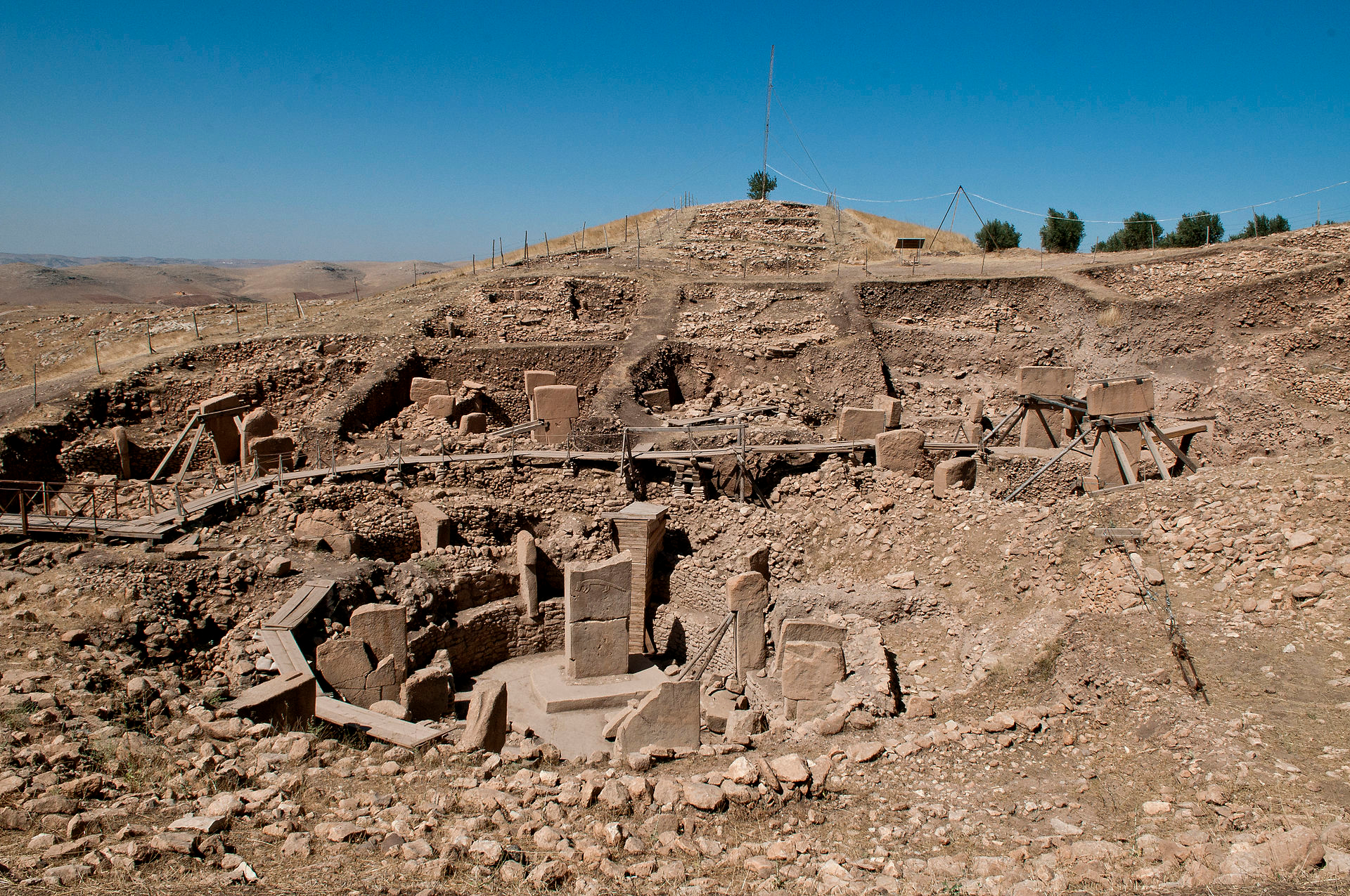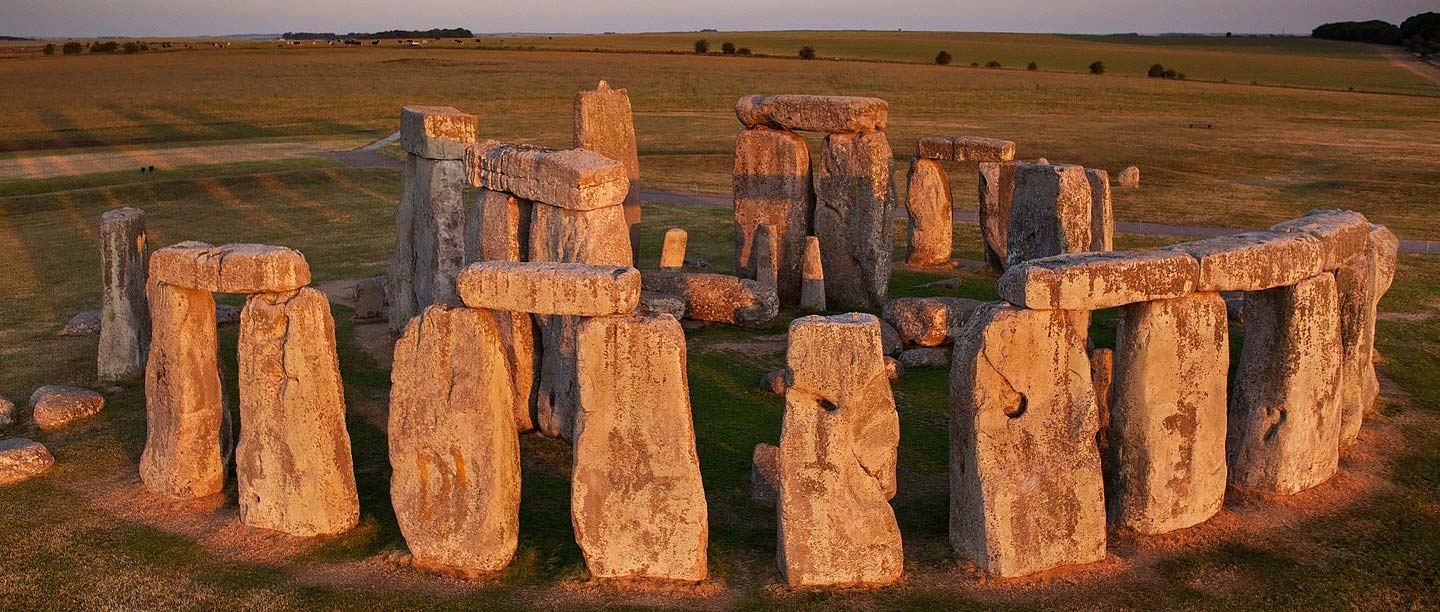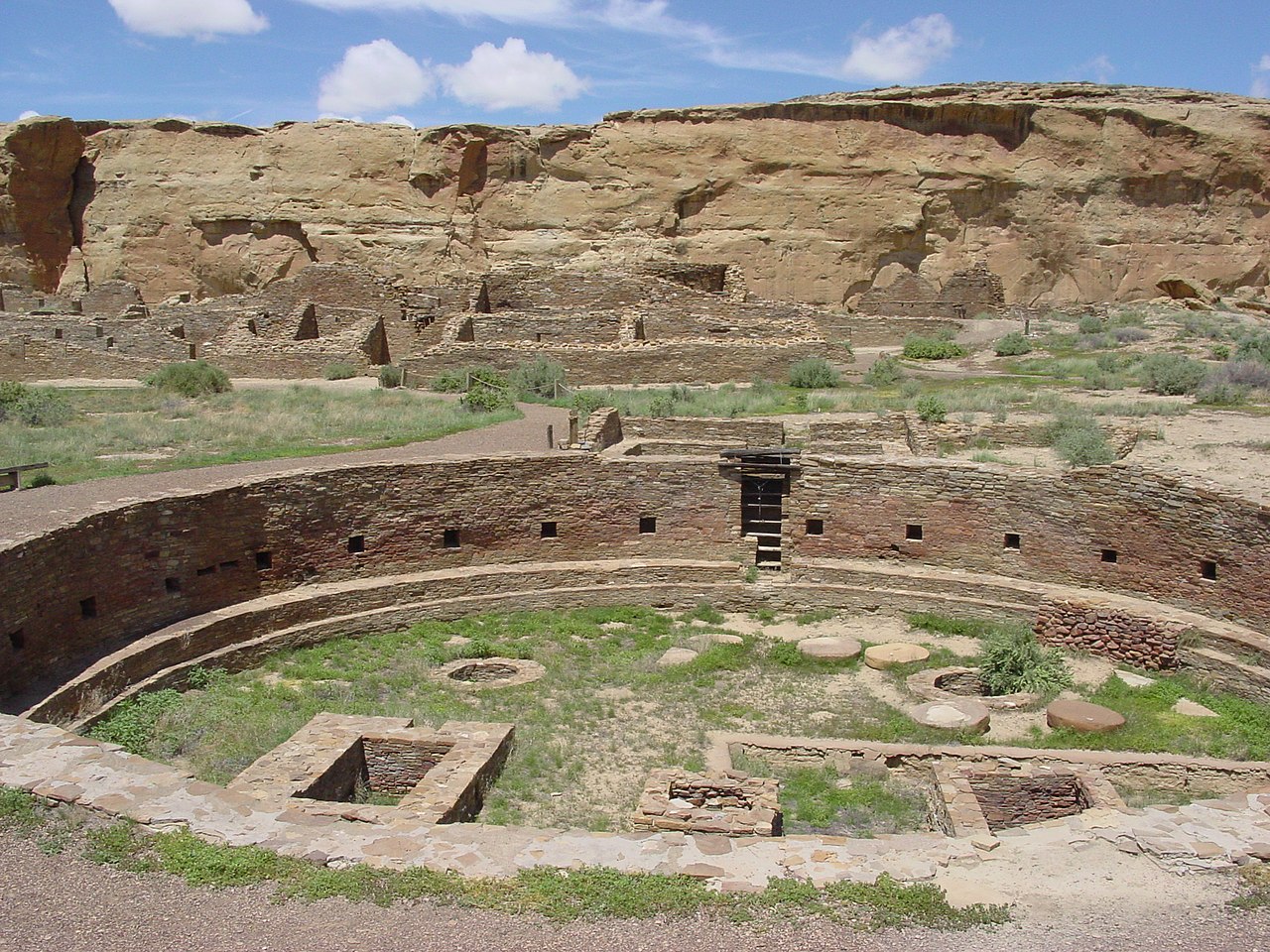The earliest examples of architecture date back to the Paleolithic era, around 30,000 years ago. These early structures were simple shelters made from natural materials, such as caves, trees, and animal skins. They were often used for protection from the elements and for sleeping. Some of the earliest examples of architecture include:
- Caves: Caves were one of the earliest forms of shelter for humans. They provided protection from the elements and from predators. Some of the earliest known cave paintings date back to the Paleolithic era.
-
These early structures were the beginning of architecture. As humans became more sophisticated, they began to build more complex and permanent structures. These structures were often used for religious purposes, for defense, or for storing food and other resources.
Some of the most famous examples of prehistoric architecture include:
- Göbekli Tepe: Göbekli Tepe is a temple complex in Turkey that is thought to be over 11,000 years old. It is the oldest known temple complex in the world.
- Stonehenge: Stonehenge is a prehistoric monument in England that is thought to have been built around 3,000 BC. It is a circle of standing stones that are thought to have been used for religious purposes.
- Chaco Canyon: Chaco Canyon is a complex of prehistoric ruins in the American Southwest. It is thought to have been a major center for trade and religion.
These are just a few examples of the earliest examples of architecture. Prehistoric architecture is a fascinating subject that provides insights into the early development of human culture.








